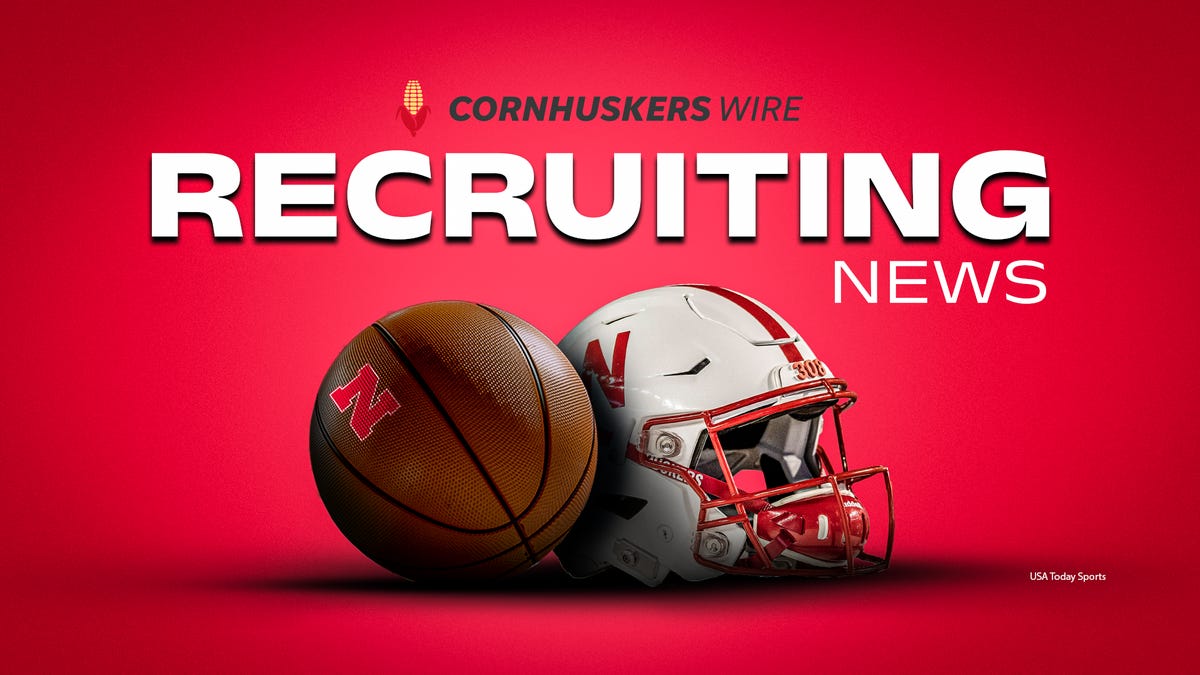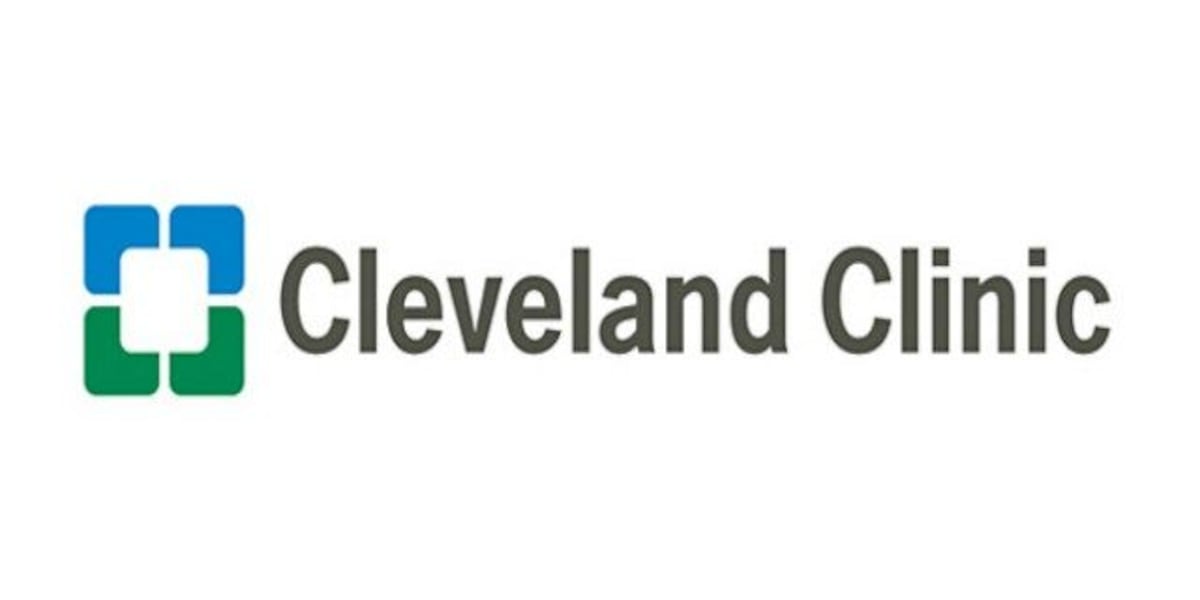Finance
How Blockchain Technology Is Impacting Financial Planning

Blockchain technology, the technology that keeps cryptocurrency secure, has come a long way since its inception. Today, the technology doesn’t just power popular cryptos like bitcoin and ethereum — it is also the vehicle for storing and trading non-fungible tokens (NFTs) and supporting the tokenization of real estate and fine art.
Explore More: 5 Expert-Recommended Alternative Investments: How They Work and When To Invest
Read Next: 9 Things You Must Do To Grow Your Wealth in 2024
Blockchain is faster and more secure than traditional transactional methods and is playing a tremendous role in financial planning and wealth transfer, which only promises to grow with time. For instance, the market for tokenized assets could reach $2 trillion to $4 trillion by 2030, according to a recent McKinsey & Company report. This is a far cry from numbers of $10 trillion previously projected by Boston Consulting Group. McKinsey reported that we may see the most growth in assets like mutual funds, bonds, ETFs and loans.
“Blockchain technology is still in early days and requires a material amount of integration with existing processes and standards,” Anthony Moro, CEO of Provenance Blockchain Labs, told CoinDesk. “Most institutions recognize tokenization needs to be a large part of their business moving forward, but technical integration is where the rubber meets the road.”
Here’s a look at the role blockchain might play in key areas of financial planning.
It’s Going Viral: Want to Retire Rich? Suze Orman Says You’re Missing This Key Money Move
What Is Blockchain Technology?
First, let’s back up for a quick review of exactly what blockchain is and how it works.
Blockchain is, essentially, a permanent, shared record book in digital form, or a decentralized ledger of transactions conducted over peer-to-peer networks. The ledger tracks transactions and also aims to build a consensus about whether the transaction data is valid. With blockchain technology, users can confirm transactions without requiring a central clearing authority.
Check Out: 13 Cheap Cryptocurrencies With the Highest Potential Upside for You
Why Is Blockchain Important?
Blockchain aims to deliver stored information immediately and transparently on a ledger that can be accessed only by network members. Members share a single view of orders, payments, accounts and other information, which helps build trust, efficiency and financial opportunities.
Blockchain eliminates the need for central recordkeeping, and because the ledger is made public, everyone involved can easily gain access. This transparency helps accelerate the verification process, reduce the need for back-office functions, and promote security.
How Does Blockchain Work?
One key element of blockchain is that every transaction requires a security measure to protect the identities of transacting parties. To secure transactions of bitcoin and other cryptocurrencies, two keys are required — a private and a public key.
The public key is shared permanently in the log. It can be used to sign and encrypt a message. The private key is only known to users and acts as a pin code. A recipient uses this key to decrypt a transaction. The technology introduces speed, efficiency, security and reduced costs, albeit at the expense of tremendous environmental impact.
Processing transactions on the blockchain requires sophisticated computers that tend to be energy hogs. If this drawback can be addressed, we will undoubtedly see blockchain play an even larger role in financial planning. Here are a few ways it’s being used today.
Tokenization of Real Estate, Commodities, Fine Art and Illiquid Assets
Investors in fine art, commodities and real estate face several challenges. When you invest in art, you need a place to store and preserve the pieces, as well as insurance to protect it. By creating NFTs of artwork, these assets can be easily tradeable. They can even be duplicated, although this will diminish their ultimate value.
Tokenizing real estate via blockchain technology enables investors to deal in fractional shares, making investing in high-rise apartments or other commercial real estate more accessible to retail investors.
Streamlining Loan Funding and Dividend Payments
Smart contracts operate on the blockchain, with the terms of the agreement written into the code. Smart contracts eliminate the need for intermediaries for loan issuance or dividend payments. Blockchain can facilitate faster loan funding, as well as automatic dividend payments at faster speeds and lower costs.
Facilitating Faster Cross-Border Transactions
Because blockchain transactions are deregulated — without a central government authority behind them — cross-border transactions can take place quickly and seamlessly, with lower fees, according to a LinkedIn Pulse article by Charles Lau of Digital Perpetual.
P2P Lending Platforms and Crowdfunding
Likewise, blockchain is playing a role in facilitating peer-to-peer lending and crowdfunding transactions. Its security, transparency and speed can facilitate transactions at faster speeds and lower costs, with a smaller risk of fraud.
Whether you’re launching a business or seeking to invest in start-ups, blockchain can make it easier and more accessible.
Final Note
As much as blockchain has evolved this century, the technology is still in its relative infancy. As younger generations explore the possibilities, cryptocurrency, NFTs and other tokenized assets could play a large role in the transfer of generational wealth.
More From GOBankingRates
This article originally appeared on GOBankingRates.com: How Blockchain Technology Is Impacting Financial Planning

Finance
Accessibility In 2025: Forces, Finance, And The Future

Getty
After decades of halting advances, the field of Accessibility for people with disabilities has reached not a fork in one road—it’s smack in the middle of a bustling (and often contentious) convergence of many forces from many directions.
There are imperatives from legal and moral to societal and financial. Disabilities physical, sensory and cognitive. Politics and profit. Them, me. All crashing into each other in ways never seen before.
There is little consensus on where accessibility will emerge from all this. But if experts agree on anything, it’s that the business community will play a significant role. Progress will rely on good, old-fashioned entrepreneurship and investment in AI-driven communication devices, exoskeletons, consumer products and much more.
“Accessibility has been an ignored space from investment capital,” says Paul Kent, the managing partner of the Disabled Life Alliance, which connects and facilitates deals between private investors and innovators in the accessibility space. “It’s been thought of as a small market, which is ridiculous. There’s a massive return associated with this. A lot of people believe social impact requires less than market-rate returns. But that’s not true. This is not charity. It’s an investible market.”
Forbes’ inaugural Accessibility 100 list gives a unique look at the industry as it stands today, and where it’s headed. The list features the top innovators and impact-makers—from large companies to lone inventors—in sectors like mobility, communication, sports, entertainment and many more. Some make devices like “smart canes” that can tell blind users where things are, from poles to the Starbucks entrance; while others build playgrounds for disabled children, or provide access from everything to the beach, the ballot box and a career in modeling. Profiles of all 100 appear on pages devoted to those categories; for example, education is here.
Featuring companies and people from 15 countries, the list was compiled through more than 400 conversations with industry insiders over nine months, and with the guidance of an expert advisory board. Disabilities considered include physical, sensory and neurodivergent; types of accessibility include digital (technology, websites and so on), physical (access to public transportation and buildings) and experiences (sports, careers and the like). Emphasis was placed on breadth of impact felt now and expected in the near future. This page details the list’s methodology and advisory board.
Current debates over DEI (often called DEIA, the A for accessibility) often overlook one dynamic: the disabled community is the one minority which anyone of any race, gender, age or financial means can suddenly find themselves thrust into. The head of accessibility at a major communications company, who asked not to be identified given the current political climate, calls accessibility a “casualty of war” over DEI policies—such as when the Trump administration stopped providing sign-language interpretation during broadcasts of press briefings, cutting them off to deaf and hard-of-hearing citizens. (The National Association of the Deaf immediately sued.) Likewise, stricter protections for disabled airline travelers instituted by the previous administraion—such as reimbursement for wheelchair damage and better training for flight personnel to increase safety—have been opposed by the airline industry, which is now seeking to delay, dilute, or remove them altogether.
As such conflicts play out, companies and entrepreneurs currently changing the world of accessibility are, in ways surprisingly new, inviting people with all disabilities into design conversations and testing labs, heeding the community’s mantra, “Nothing about us without us.” Recently, as sign-language robotic hands were hailed by outsiders as possibly replacing expensive interpreters—a certainly worthwhile goal—the enthusiasm has obscured the reality that they didn’t really serve the deaf and hard-of-hearing community yet.
“American Sign Language is 70 percent what we call nonverbal markers—it’s your face, how your body moves, not just hand shapes,” says Kelby Brick, the chief operating officer of the National Federation of the Deaf. Usable innovation in the area, he suspects, would require AI-driven avatars that can convey that nuance.
Not all advancements in accessibility are contentious. Many become universal. Closed captioning—originally designed for the deaf—has grown so ubiquitous that it has became one of many examples of what is now called “the curb-cut effect,” so named after sloped curbs designed for people with disabilities wound up benefitting everyone, like those pushing strollers or pulling suitcases. Other instances include electric toothbrushes, speech-to-text and even bendable straws.
Indeed, the preferred approach for many companies has become “universal design,” where products and services are built from the start to serve everyone, rather than winding up immediately unusable by the disabled or clumsily retrofitted after the fact. Several firms, including Accessibility 100 listmakers Deque and Fable, now produce software that checks computer code as it’s written to ensure that accessibility features work out of the box. OXO, also on the list, is a household name (literally) that designs all of its kitchen products to be easy for everyone, from smooth-turning can openers to tongs that close with one hand.
One distinct feature of accessibility innovation is that companies—even direct competitors—enthusiastically share ideas and advances, even code, to hasten innovation for all. For example, Procter & Gamble invented raised icons that blind and low-vision people can feel to distinguish products like liquid soap, shampoo and laundry detergent from each other; the company is sharing them with others to make them standard. “We’re not just trying to do it alone,” says Sam Latif, P&G’s Company Accessibility Leader. “Doing it on a few products is not as impactful as the industry doing it together.”
Apple operating systems have built accessibility features into its software since the 1980s, but when Steve Jobs insisted that the first iPhone have no buttons—making it almost unusable for blind people—it sparked faster and faster feature innovations, like haptic feedback, screen magnification, suppression of flashing content and hundreds more. There are so many, in fact, that Apple recently introduced App Store “Accessibility Nutrition Labels” to let users know how each app serves their specific disability.
“It makes good business sense to make technology that works for everyone—we mean everyone,” says Sarah Herrlinger, Apple’s top accessibility official. “Accessibility is some of the most creative work we do.”
Finance
Private equity firm will finance Harvard research lab, in possible template for future

A private equity firm has stepped in to finance a biological research lab at Harvard University, administrators said Monday, while also launching a biotech alongside it that will develop new therapies for metabolic conditions.
As Harvard grapples with severe financing cuts undertaken by the Trump administration, some university officials believe the unusual arrangement could be at least one model to fund other academic research in the future.
Under the deal announced Monday, İş Private Equity, a Turkish firm, has committed $39 million to a laboratory run by Gökhan Hotamışlıgil, a professor of genetics and metabolism at the T.H. Chan School of Public Health. The firm, which is a branch of Turkey’s İşbank Group, also plans to invest an undisclosed amount of money in any drug candidates that come out of Hotamışlıgil’s laboratory and are moved into a new biotech called Enlila.
It’s a relatively modest deal, in the scope of investment banking. But the collaboration provides much-needed capital at a time when the model for funding scientific research has been thrown into chaos.

This article is exclusive to STAT+ subscribers
Unlock this article — plus daily coverage and analysis of the biotech sector — by subscribing to STAT+.
Already have an account? Log in
View All Plans
Finance
Kinatico Ltd’s (ASX:KYP) Stock Has Shown Weakness Lately But Financial Prospects Look Decent: Is The Market Wrong?

Kinatico (ASX:KYP) has had a rough month with its share price down 7.7%. But if you pay close attention, you might find that its key financial indicators look quite decent, which could mean that the stock could potentially rise in the long-term given how markets usually reward more resilient long-term fundamentals. Specifically, we decided to study Kinatico’s ROE in this article.
Return on equity or ROE is an important factor to be considered by a shareholder because it tells them how effectively their capital is being reinvested. In simpler terms, it measures the profitability of a company in relation to shareholder’s equity.
AI is about to change healthcare. These 20 stocks are working on everything from early diagnostics to drug discovery. The best part – they are all under $10bn in marketcap – there is still time to get in early.
The formula for return on equity is:
Return on Equity = Net Profit (from continuing operations) ÷ Shareholders’ Equity
So, based on the above formula, the ROE for Kinatico is:
3.2% = AU$840k ÷ AU$26m (Based on the trailing twelve months to December 2024).
The ‘return’ is the amount earned after tax over the last twelve months. One way to conceptualize this is that for each A$1 of shareholders’ capital it has, the company made A$0.03 in profit.
See our latest analysis for Kinatico
So far, we’ve learned that ROE is a measure of a company’s profitability. We now need to evaluate how much profit the company reinvests or “retains” for future growth which then gives us an idea about the growth potential of the company. Assuming everything else remains unchanged, the higher the ROE and profit retention, the higher the growth rate of a company compared to companies that don’t necessarily bear these characteristics.
It is hard to argue that Kinatico’s ROE is much good in and of itself. Not just that, even compared to the industry average of 5.0%, the company’s ROE is entirely unremarkable. Despite this, surprisingly, Kinatico saw an exceptional 44% net income growth over the past five years. We reckon that there could be other factors at play here. Such as – high earnings retention or an efficient management in place.
Next, on comparing with the industry net income growth, we found that Kinatico’s growth is quite high when compared to the industry average growth of 24% in the same period, which is great to see.
-

 News1 week ago
News1 week agoA former police chief who escaped from an Arkansas prison is captured
-

 Technology1 week ago
Technology1 week agoXbox console games are suddenly showing up inside the Xbox PC app
-

 Arkansas1 week ago
Arkansas1 week agoTennessee baseball coach Tony Vitello has funny apology on ESPN at super regional vs Arkansas
-

 Technology1 week ago
Technology1 week agoMassive DMV phishing scam tricks drivers with fake texts
-

 Politics1 week ago
Politics1 week agoVideo: Why the U.S. Brought Back Kilmar Abrego Garcia
-

 World1 week ago
World1 week agoColombia’s would-be presidential candidate shot at Bogota rally
-

 Politics1 week ago
Politics1 week agoNational Guard to be deployed in Los Angeles County as anti-ICE protests rage: border czar Tom Homan
-

 Nebraska1 week ago
Nebraska1 week agoNebraska makes top five for elite class of 2026 offensive tackle


















